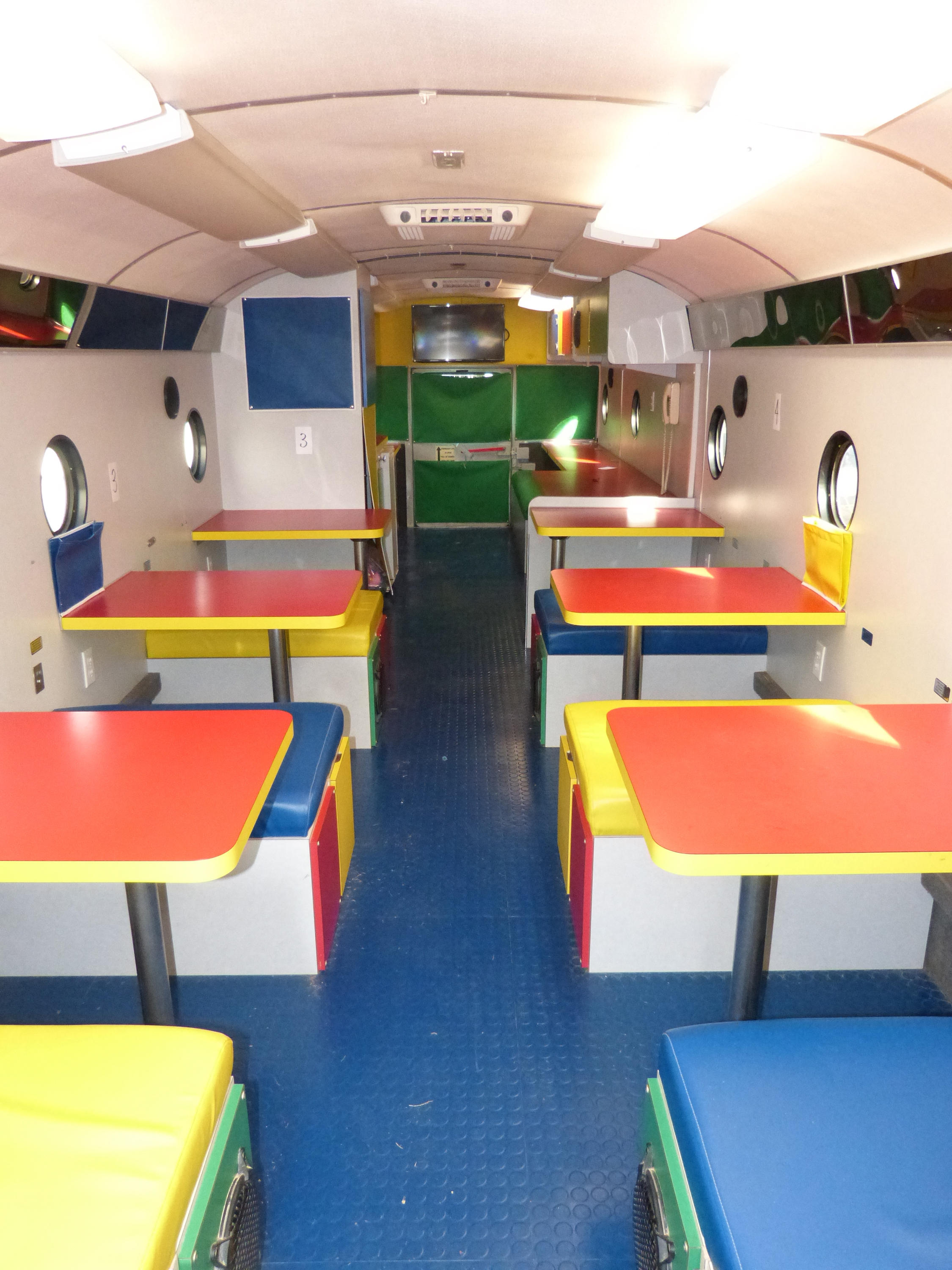

- #HOMESCHOOL LESSON PLANS FOR CREATIVE DISCOVERY MUSEUM SKIN#
- #HOMESCHOOL LESSON PLANS FOR CREATIVE DISCOVERY MUSEUM CODE#
- #HOMESCHOOL LESSON PLANS FOR CREATIVE DISCOVERY MUSEUM ZIP#
- #HOMESCHOOL LESSON PLANS FOR CREATIVE DISCOVERY MUSEUM FREE#
#HOMESCHOOL LESSON PLANS FOR CREATIVE DISCOVERY MUSEUM CODE#
In & Beyond Africa from Genome: Unlocking Life's Code
#HOMESCHOOL LESSON PLANS FOR CREATIVE DISCOVERY MUSEUM SKIN#
Its four teaching units focus on: Adaptation to Altitude Malaria Evolution of Human Skin Color and What Does It Mean to Be Human? The materials also include a Cultural and Religious Sensitivity resource. These robust tools for teaching evolution were created especially for AP Biology classes but are also valuable in basic biology classes. The "Teaching Evolution through Human Examples" project is produced by the Smithsonian National Museum of Natural History (NMNH). Teaching Evolution through Human Examples from NMNH Lesson plan 2 takes students further into the human genome than Lesson 1 - and into the dark world of shark attacks and forensic analysis. Lesson plan 1 introduces four easily observed human traits and their variations and identified differences between the DNA sequences of two individuals.
#HOMESCHOOL LESSON PLANS FOR CREATIVE DISCOVERY MUSEUM FREE#
Divided into two free lesson plans, the classroom resources include a teacher's manual, student handouts and supplementary PowerPoint slides. Genomics and Human Identity, an exciting new teaching resource for grades 7-12, was inspired by the NHGRI/Smithsonian Museum exhibit, Genome: Unlocking Life's Code, and developed with support from the Promega Corporation. Genomics and Human Identity Lesson Plans from Genome: Unlocking Life's Code This video clearly and simply explains DNA's triplet code, DNA replication, forensic and genealogical uses of DNA, and much more. The Animated Genome from Genome: Unlocking Life's CodeĪ beautiful, informative animated video about what a genome is and why it matters to each of us. This timeline outlines the history of researchers in many fields, retrieving genetic information from ancient specimens and making ancient DNA research a fertile area of collaboration between research institutions and museums. In the early 1980s, scientists began isolating ancient DNA from sources such as museum specimens, archaeological finds, fossil remains, fossilized feces, permafrost ice cores and other unusual sources of DNA. Timeline of Ancient DNA from Genome: Unlocking Life's Code Beginning with Mendel's work with peas in the mid-1800s, the timeline includes major landmark events in genetics and genomics, and culminates with completion of the Human Genome Project.
#HOMESCHOOL LESSON PLANS FOR CREATIVE DISCOVERY MUSEUM ZIP#
Zip through landmark moments in genetic and genomic research. Timeline of the Human Genome from Genome: Unlocking Life's Code The tools allows users to ask biology-related questions to professionals from the field who volunteer their time to answer. Some videos are NGSS aligned.Īsk a Biologist by Arizona State University was created primarily for use by K-12 students and teachers and lifelong learners. Video lessons created by teachers on a number of topics including lessons on DNA in the fields of human evolution, forensics, cancer biology, and the study of animals. Module titles include "Epigenetics", "The Science behind E-Cigarettes", "Personalized Medicine", and "Forensics". North Carolina DNA Day Ambassador Program has designed modules for outreach in the classroom, including presentation slides, activity protocols, presenter guides, and handouts. Modules for Classroom Outreach from NC DNA Day Instruction sheets of the activity are available in English and Spanish.

Learn easy and fun ways to extract DNA from fresh or frozen strawberries as explained by Dr. This video includes everything you need to know about getting DNA out of strawberries.

The videos present topics on lessons learned from the Human Genome Project, commentary from scientists and politicians on what the genome has revealed to us, what genetic testing can and cannot tell us about where we come from, the impact genomic medicine can have on patients, and finally, a wonderful presentation on the “dance” between the genome and the environment. Resources for the interested public, educators, and healthcare providers are also included.Įducational Videos from the National Human Genome Research Institute (NHGRI)įive educational videos produced by 42 Degrees North for NHGRI, presenting genomics in a visually stunning and easily understandable manner. These resources provide an explanation of the advance, videos highlighting various topics, and how anyone can engage in the science. The submission site is closed and winners will be announced on DNA Day ( Tuesday, April 25, 2023).ĭiscover vetted resources highlighting advances in genomics created as part of the 15th anniversary celebration of the completion of the human genome project and the discovery of the double helix. American Society of Human Genetics (ASHG) DNA Day essay contest is open to students in grades 9-12 worldwide and asks students to examine, question, and reflect on important concepts in genetics.


 0 kommentar(er)
0 kommentar(er)
